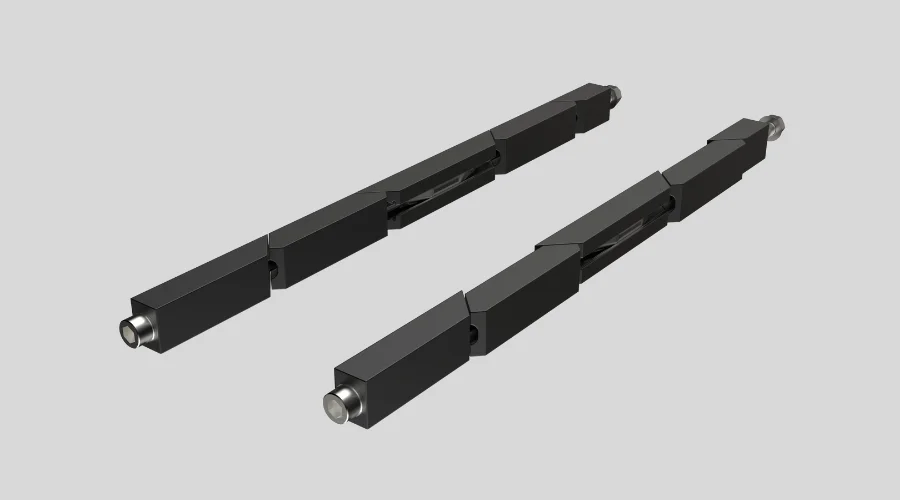Implementing VITA standards to drive innovation
In defense and aerospace applications, embedded systems must operate reliably under extreme environmental conditions—high shock, vibration, and thermal loads. As system complexity increases, so does the need for standardized mechanical and thermal design practices. The VITA (VMEbus International Trade Association) standards provide a robust framework for developing modular, interoperable, and thermally optimized embedded computing platforms.
VITA Standards: Enabling High-Performance Embedded Architectures
VITA standards are foundational to the development of Modular Open Systems Architecture (MOSA) and Sensor Open Systems Architecture (SOSA) compliant platforms. These standards define mechanical form factors, thermal interface requirements, and cooling methodologies for plug-in modules used in VPX-based systems.
Key standards include:
- VITA 46 (VPX): Specifies high-speed serial interconnects and mechanical constraints for 3U and 6U modules, supporting data rates up to 28 Gbps per lane.
- VITA 48.2 (Conduction Cooling): Defines wedge-lock retention mechanisms and thermal interface materials (TIMs) for efficient heat transfer from PCB to chassis walls.
- VITA 48.4 (Liquid Cooling): Introduces cold plate integration and fluid coupling interfaces for high-power 6U modules, enabling thermal dissipation beyond 200 W per slot.
- VITA 48.5 (Air Flow-Through Cooling): Details the use of internal heat exchangers and ducted airflow paths to maintain thermal stability in high-density configurations.
These standards ensure mechanical interoperability while enabling scalable thermal management strategies across platforms.
The application of VITA’s framework
nVent SCHROFF, a leader in board retention with the Calmark & Birtcher lines and other thermal solutions hardware for electronics has utilized VITA standards to understand the roadmap for future product development. nVent SCHROFF Lead Design Engineer, Emerson Gutierrez, is a member of various VITA working groups that develop and refine open standards for critical embedded computing systems.
As VITA covers a wide range of standards, Emerson is able to pick the working groups that are most valuable to his field. He currently sits on the VITA 100 committee, which allows him to review standards that assists with developing the roadmap for new Card-Loks and extractors.
“Being a part of the committee is extremely important as it allows nVent SCHROFF to stay up to date with industry requirements,” Emerson says. “If a new standard is adopted, our engineering team will see which products apply to that standard, helping our customers select the right product.”
“If our current portfolio does not meet a standard, the standard provides a roadmap for future product development. For instance, when VITA 48.5 was introduced, we did not have a board retainer that met the size requirements within the air-flow-through cooling module standard. Therefore, we used the standards to design our newest Card-Lok, the 210 series launching in June.”
Emerson also indicated recently standard 48.4 helped to identify a need for a new inserter/extractor to be developed to compensate for the added force needed to apply to the frame allowing the liquid connectors to secure properly. “We realized our current portfolio did not meet the VITA 48.4, so we developed our new HF311 inserter/extractor that is long enough to generate enough force for the 6U board to connect securely.”
“If there is an opportunity to develop a new product, we definitely want to design a product that will be part of the final VITA specification.”
Technical Implications and Future Outlook
Adherence to VITA standards facilitates:
- Thermal modeling accuracy through standardized interface definitions.
- Mechanical reliability via validated retention and cooling mechanisms.
- System scalability by enabling multi-vendor interoperability and upgrade paths.
As embedded computing demands continue to grow—driven by AI workloads, sensor fusion, and real-time data processing—VITA standards will evolve to support higher power densities, advanced materials, and hybrid cooling architectures.
For engineers designing next-generation defense electronics, integrating VITA-compliant components is not just a best practice—it’s a strategic imperative for mission-critical reliability and long-term system viability.

